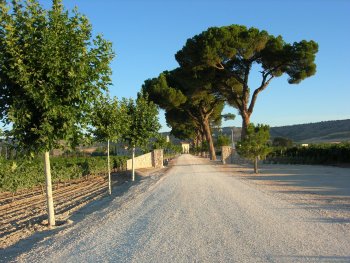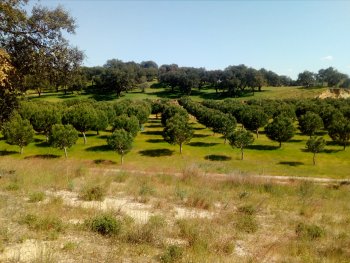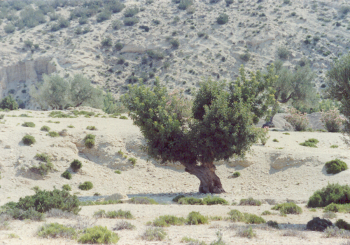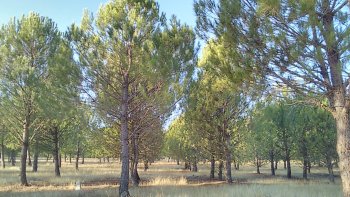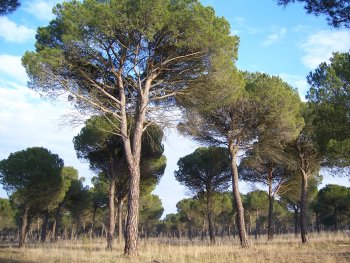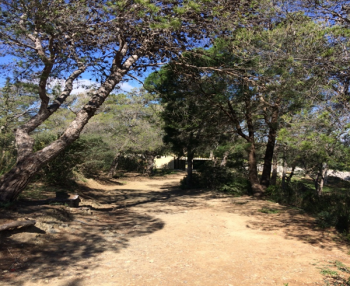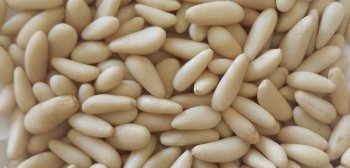Pine nuts and chestnuts in your store - Mediterranean or imports from Eastern Asia?
Submitted by mutke@inia.es on 8 January 2020At a first glance, imported Asiatic and genuine Mediterranean pine nuts seem to be similar in size, colour and aspect. Cheaper Chinese chestnuts can also be confused with European chestnuts, when botanic species and origin are not declared on the label, despite this information being mandatory by UNECE marketing standards (2013).
However, aspects such as nutritional values and processing quality, sustainability of collection from wild and of course the taste are highly important. Consumer awareness is vital in this regard. Hence , supply chain actors in the Mediterranean should work...

